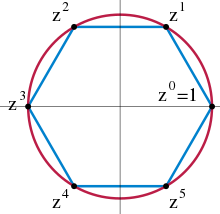
An integer (from the Latin integer meaning "whole") is a number that can be written without a fractional component. For example, 21, 4, 0, and −2048 are integers, while 9.75, 5 1⁄2, and √2 are not.
The set of integers consists of zero (0), the positive natural numbers (1, 2, 3, …), also called whole numbers or counting numbers, and their additive inverses (the negative integers, i.e., −1, −2, −3, …). This is often denoted by a boldface Z ("Z") or blackboard bold
Z
{\displaystyle \mathbb {Z} }
(Unicode U+2124 ℤ) standing for the German...